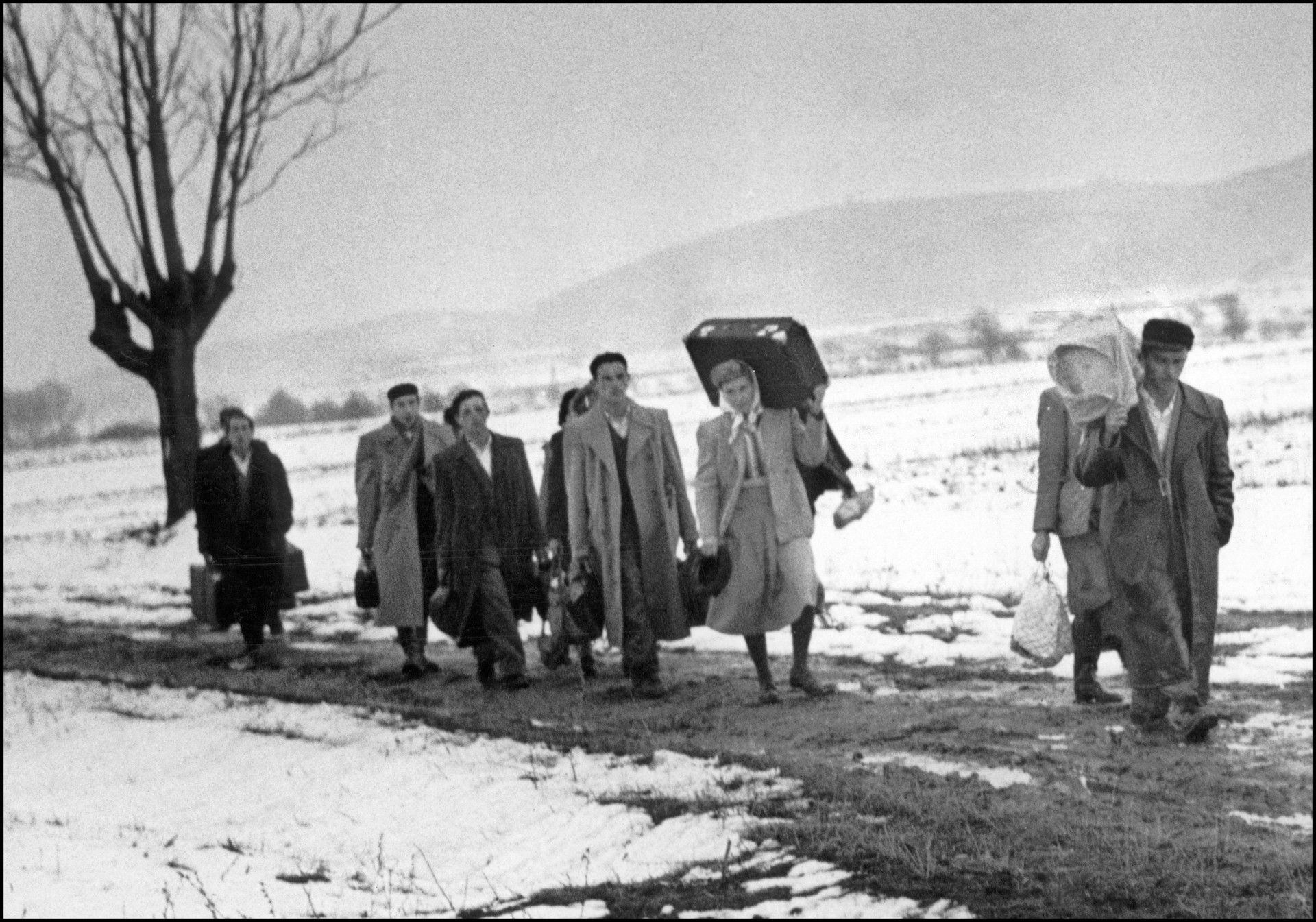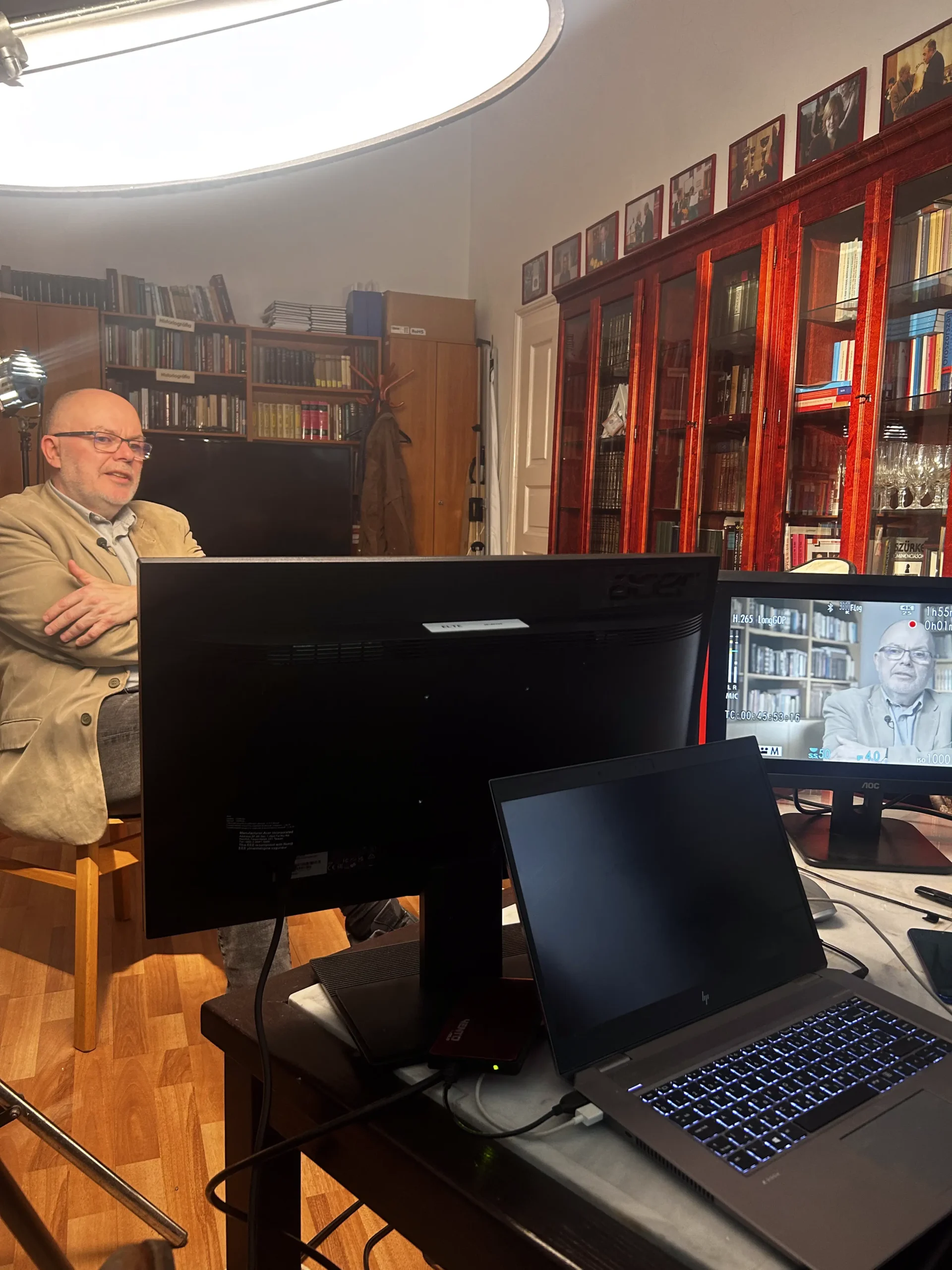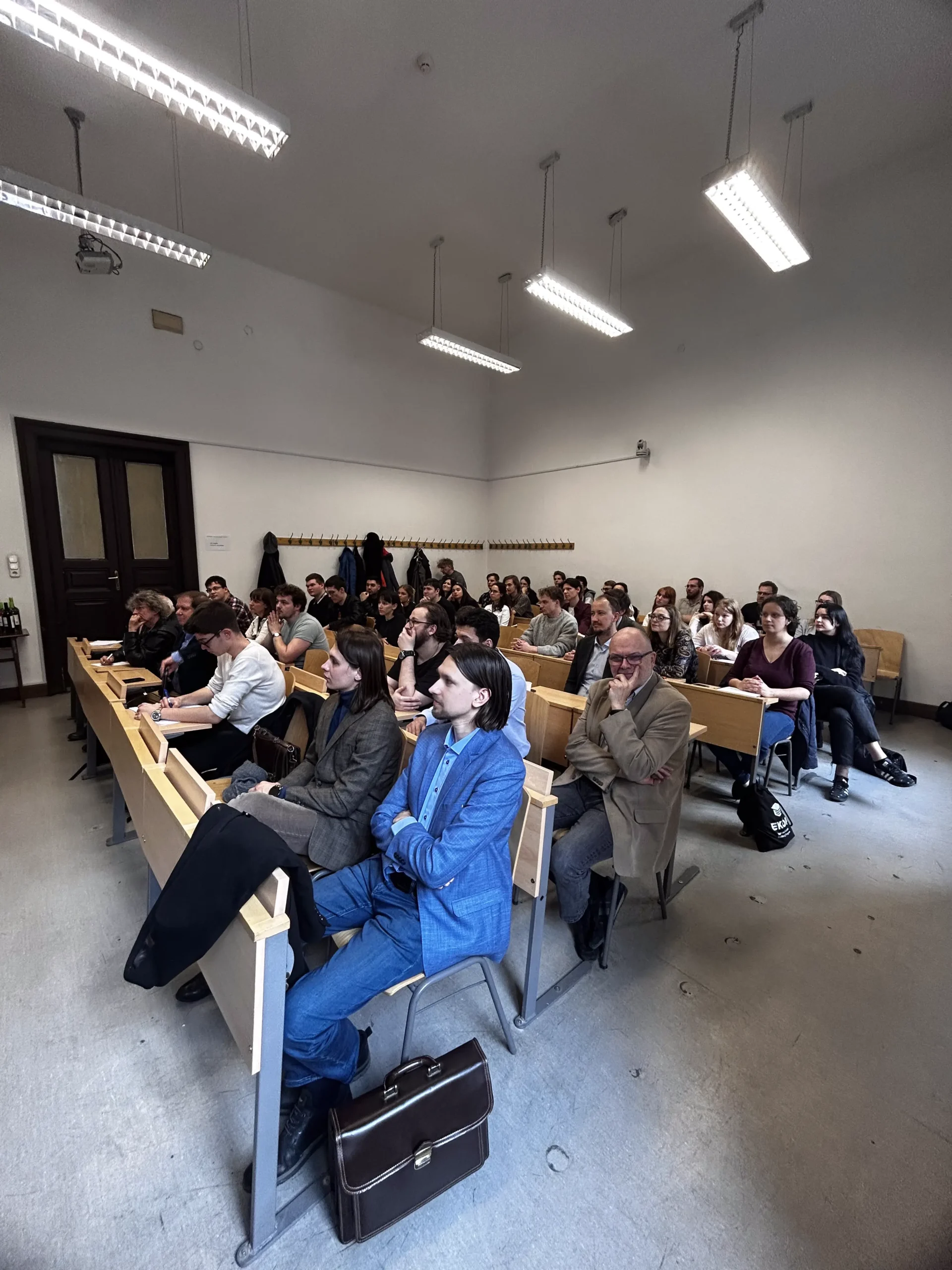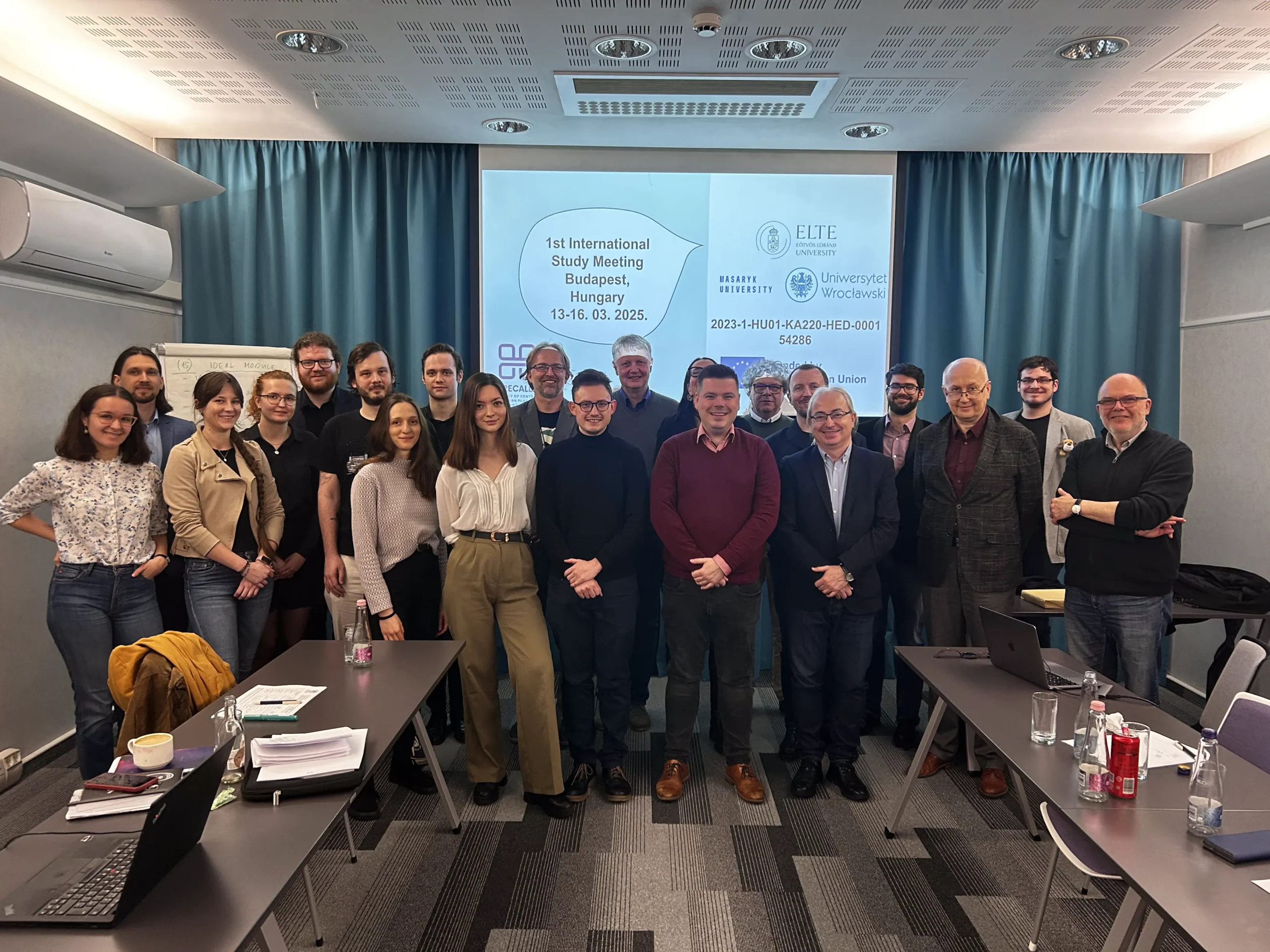Refugees after 1956 – Traiskirchen, Austria
Fact of the Hungarian figure „Josef Bem Square – 1956″
Part of the „Dreaming about the democracy” topic
In October 1956, a revolution erupted in Hungary, driven by citizens seeking to overthrow the oppressive communist regime. Fearful of losing power, the Hungarian communists, with Soviet military support, brutally crushed the revolution. The period that followed was marked by intense repression—many Hungarians were imprisoned, executed, or deprived of their property based on false accusations. Fearing retribution, tens of thousands of Hungarians fled to the West, crossing the Austrian border in search of safety. These individuals, known as the „56ers,” settled in countries across Western Europe and the United States, where they sought to rebuild their lives.
Austria became a critical hub for Hungarian refugees, with the Traiskirchen refugee camp playing a central role in housing and processing those who fled. Traiskirchen, located near Vienna, became a symbol of the refugee crisis that followed the revolution. The camp received tens of thousands of Hungarians, many of whom were families, students, and freedom fighters, escaping the brutal retaliation of the Kádár regime. While many refugees later resettled in countries like the United States and Canada, Traiskirchen was their first stop on the path to freedom.
One of the most famous „56ers” was Andy Vajna, a young boy at the time of his escape, who would later become a successful and influential film producer in Hollywood. His story, along with many others, exemplifies how Hungarian refugees went on to make significant contributions in their new homelands. Despite their success abroad, the fear of retaliation from the communist government kept many from returning to Hungary, even as the years passed.
The refugee crisis after 1956 was one of the first major humanitarian challenges of the Cold War, prompting an international response. Western governments condemned the Soviet invasion and welcomed the refugees, showcasing their commitment to human rights and democracy. Austria, in particular, played a pivotal role in providing refuge for the displaced Hungarians. The Traiskirchen camp, with the support of the United Nations and various humanitarian organizations, offered food, shelter, and medical care to the arriving refugees.





